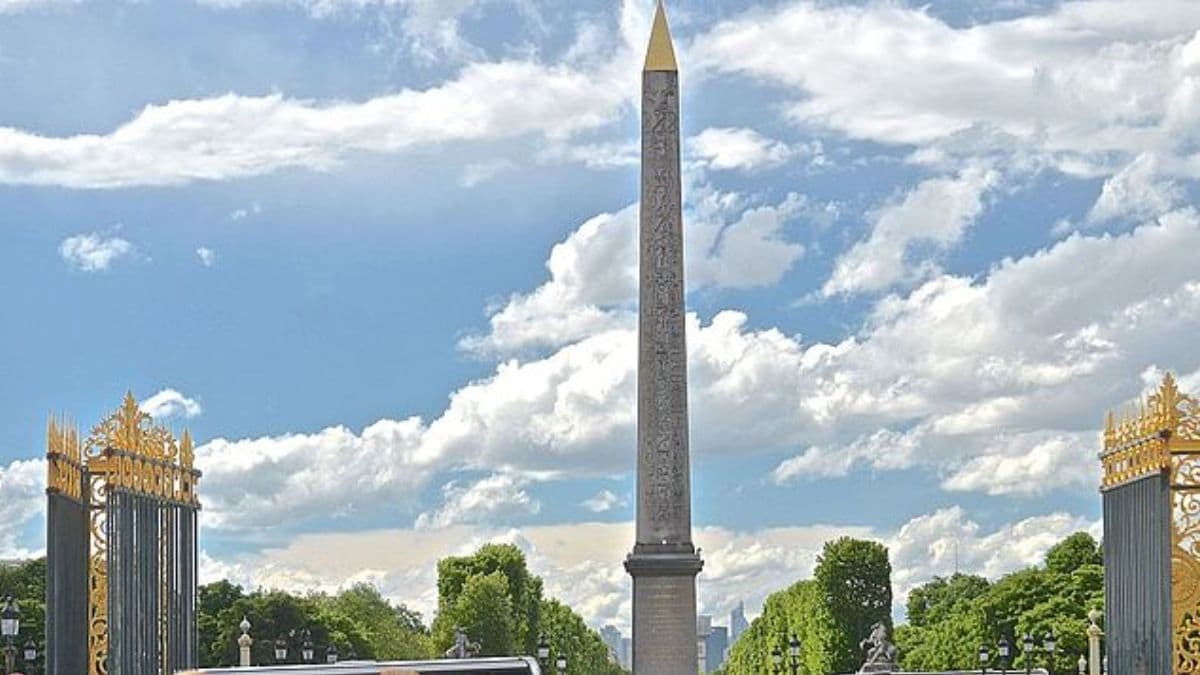[ad_1]
An Egyptologist claims that he has accidentally found a series of secret hieroglyphic inscriptions on an iconic 3300-year-old Egyptian obelisk in Paris. This inscriptions are claimed to be meant for Egypt’s nobility, and they are likely propaganda praising the famous pharaoh Ramesses II to be ordained by the divine entities. Apparently, the pharaoh himself commissioned this obelisk at the beginning of his rule, and it originally stood outside of the Luxor temple in upper Egypt alongside another similar obelisk. Both monuments were later gifted to France by Pasha Muhammed Ali, the sultan of the Ottoman Empire.a series of secret hieroglyphic inscriptions on an iconic 3300-year-old Egyptian obelisk in Paris.
Discovery of the hidden inscription
According to a comment published by Sciences et Avenir from Jean-Guillaume Olette-Pelletier, the Egyptologist from the Institut Catholique de Paris, the hieroglyphs indicated the entrance to the Luxor Temple portico. He discovered that there was no literature discussing the different scenes, so he studied the images from afar. He eventually discovered that the obelisk contained hieroglyphic cryptographies or hidden messages. These encrypted texts were often secret texts inserted into hieroglyphs or hidden in 3D carvings. Only the elite could decipher these hidden messages.
The hidden messages on the “Seine side” of the obelisk could only be read at a 45° angle. Olette-Pelletier discovered that the hidden messages were intended to be seen by nobles arriving by boat at the temple of Luxor during the annual Opet festival, celebrating the return of the life forces of the god Amun.
Further studies and criticism
According to Olette-Pelletier, he has discovered other concealed messages on the obelisk. He pointed out, for example, that there are two rows of hieroglyphs that, depending on how they are read, might convey several meanings, such as stating that Ramesses II had endless life or writing out his whole royal name.
The findings are set to be published in the journal Égypte Nilotique et Méditerranéenne. However, scholars who were not involved in the research have urged caution in interpreting the findings, as they will not be able to review them in depth until the study is published. Egyptology professor Filip Taterka told Live Science that the inscriptions and imagery near the top of the obelisk would not have been visible to a noble person traveling by boat on the Nile.
[ad_2]








